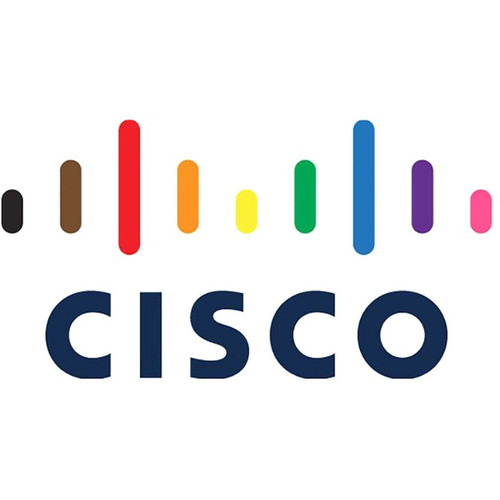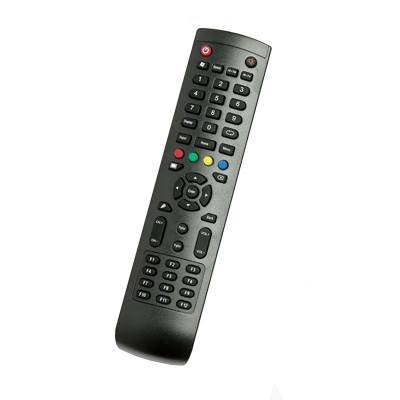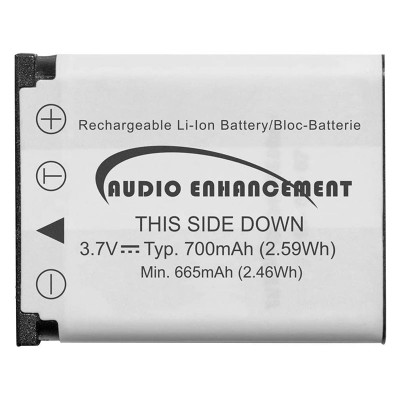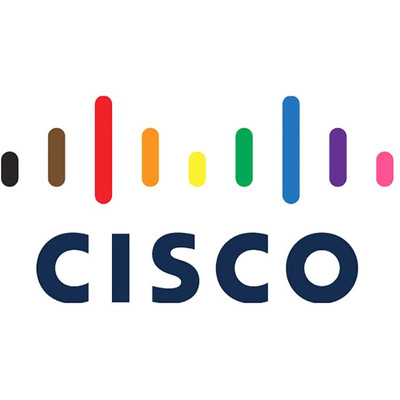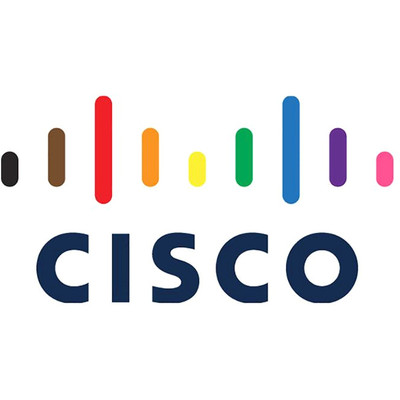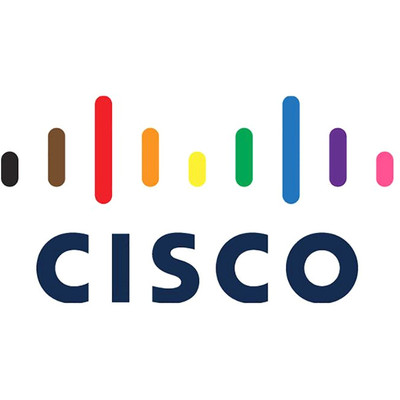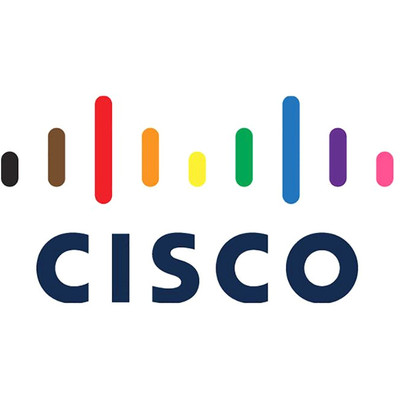Cable operators have seen exponential growth in broadband traffic in recent years. According to industry reports, Downstream and Upstream traffic grew significantly annually for the past several years. Even after many years of high rates of traffic growth, the pace continues. Much of this growth is due to the consumption of video, which accounts for a significant and growing percentage of bandwidth used in Hybrid Fiber-Coaxial (HFC) networks.
Cisco® Converged Broadband Router-8 (cBR-8) is the next generation, highly available, fully redundant, terabit-capable converged cable access platform (CCAP) from Cisco. It allows cable operators to deliver more bandwidth, higher service tiers and greater agility in deploying new applications and services, while minimizing operational expenses, power requirements, and rack space requirements in cable head-ends.
With industry-leading density and the capability to converge DOCSIS data, MPEG video, and IP video onto a single system, the Cisco cBR-8 Converged Broadband Router provides cable operators with a simple, cost-effective path to a full CCAP and the all-IP infrastructure. In addition to new DOCSIS® and optical networking capabilities, the Cisco cBR-8 Converged Broadband Router will also be capable of applying Software-Defined Networking (SDN) and virtualization technologies to virtualize, integrate, and automate the access architecture of cable operators.
Stay One Step Ahead of Bandwidth Demand
There are at least 32 channels of DOCSIS 3.0 QAM channels and DOCSIS 3.1 (OFDM) blocks per Service Group. That's what cable multiservice operators (MSOs) report they need to handle growing bandwidth requirements with gigabit and higher services. DOCSIS 3.1 promises higher spectral efficiency (30-50 percent) but also places a heavier demand on the head-end equipment in terms of power, cooling, and bandwidth requirements.
Cisco has seen that cable MSOs are also aggressively pursuing a strategy to converge legacy MPEG services with DOCSIS high-speed Internet services to maximize the benefits of the transition to CCAP architectures. Furthermore, MSOs are considering fiber deep architectures (Remote-PHY in the Fiber Node) as well hub consolidation solutions (Remote-PHY Shelf) to position themselves to compete effectively against fiber-to-the-x (FTTx) over-builders (such as Google Fiber). A hub consolidation strategy opens new vistas for MSOs to consider virtualizing cable modem termination systems (CMTS) and CCAP functions on server farms in the data center and to think about newer ways of orchestrating and managing their networks through SDN technologies.
MSOs need a next generation CCAP solution that can not only solve today's bandwidth demands in a cost effective and efficient way but also includes an architecture that can evolve as the HFC plant evolves. They need a platform that is ready for the challenges posed by DOCSIS 3.1 and the convergence of video and data and can provide disruptive technologies like SDN to simplify network management and orchestration. They need the Cisco cBR-8.
- With the versatile chassis, build a network that suits your needs by installing multiple modules and have more flexibility in expanding your router when required
- With 10GBase-X technology, get up to 10 gbps data transfer rate over supported network cable
- Optimize the performance of business networks with the 10 Gigabit Ethernet connectivity
- Rack mounting enables you to organize wires & secure cables for professional installation

